S is for steel: Piaget revisits a 1970s design great
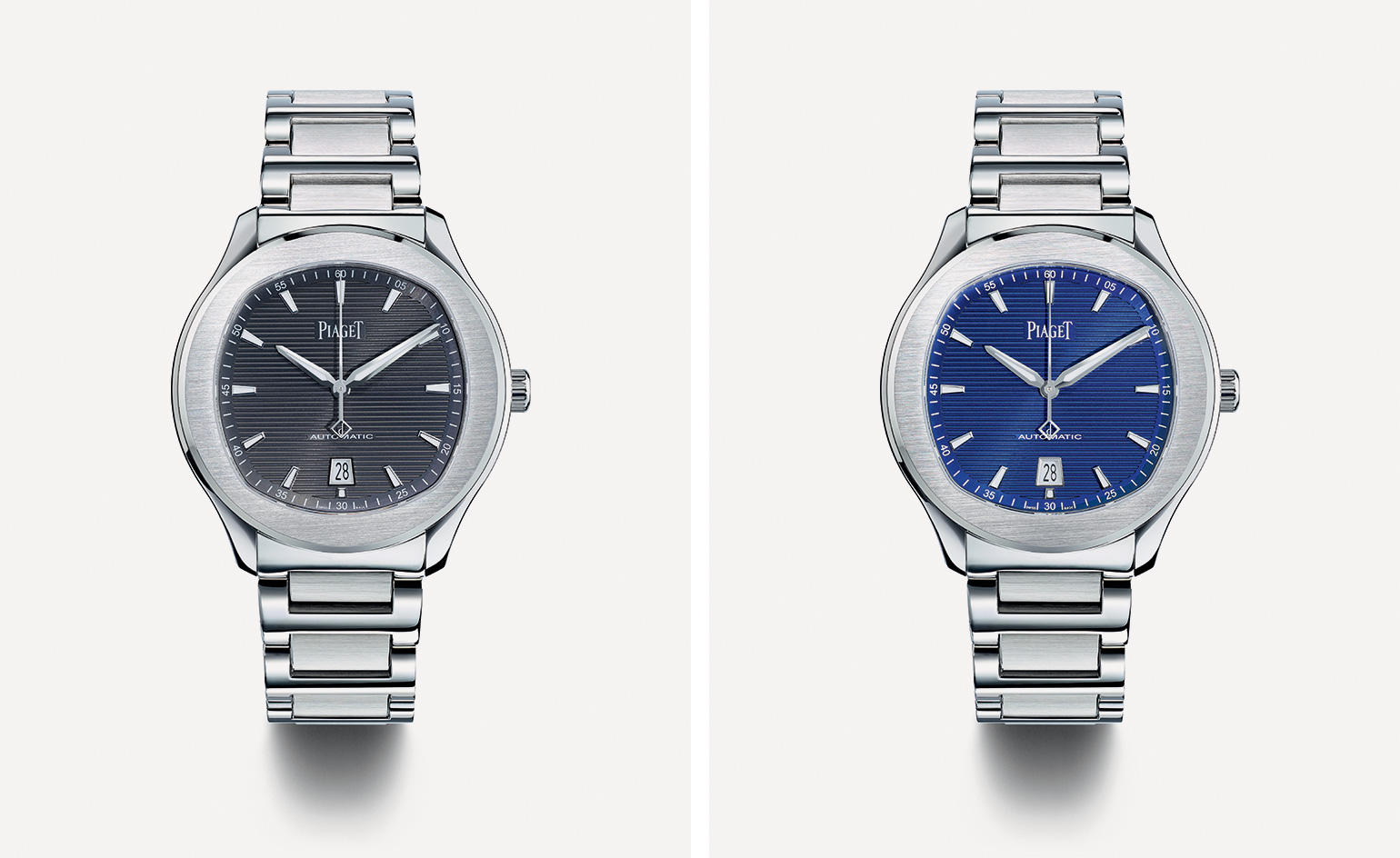
The original Piaget Polo was a chic, high-society calling card, worn by the likes of Roger Moore and Andy Warhol. The fine, gold bracelet had a recurring step motif that ran seamlessly through the dial and case, prompting Yves Piaget to call it a ‘watch bracelet, rather than a mere wristwatch’. It was unashamedly elitist.
The new iteration, the Polo S is unashamedly less so. Even the name tells you that – the ‘S’ stands for steel. The Piaget S is the first steel watch Piaget has introduced in 15 years, and one of only a handful in its 170-odd year history. As such, Piaget CEO Philippe Léopold-Metzger has declared the Polo S a watch for ‘a new generation’ of consumers. The point is, it’s a fine watch at a more achievable price point and retails at under £10,000.
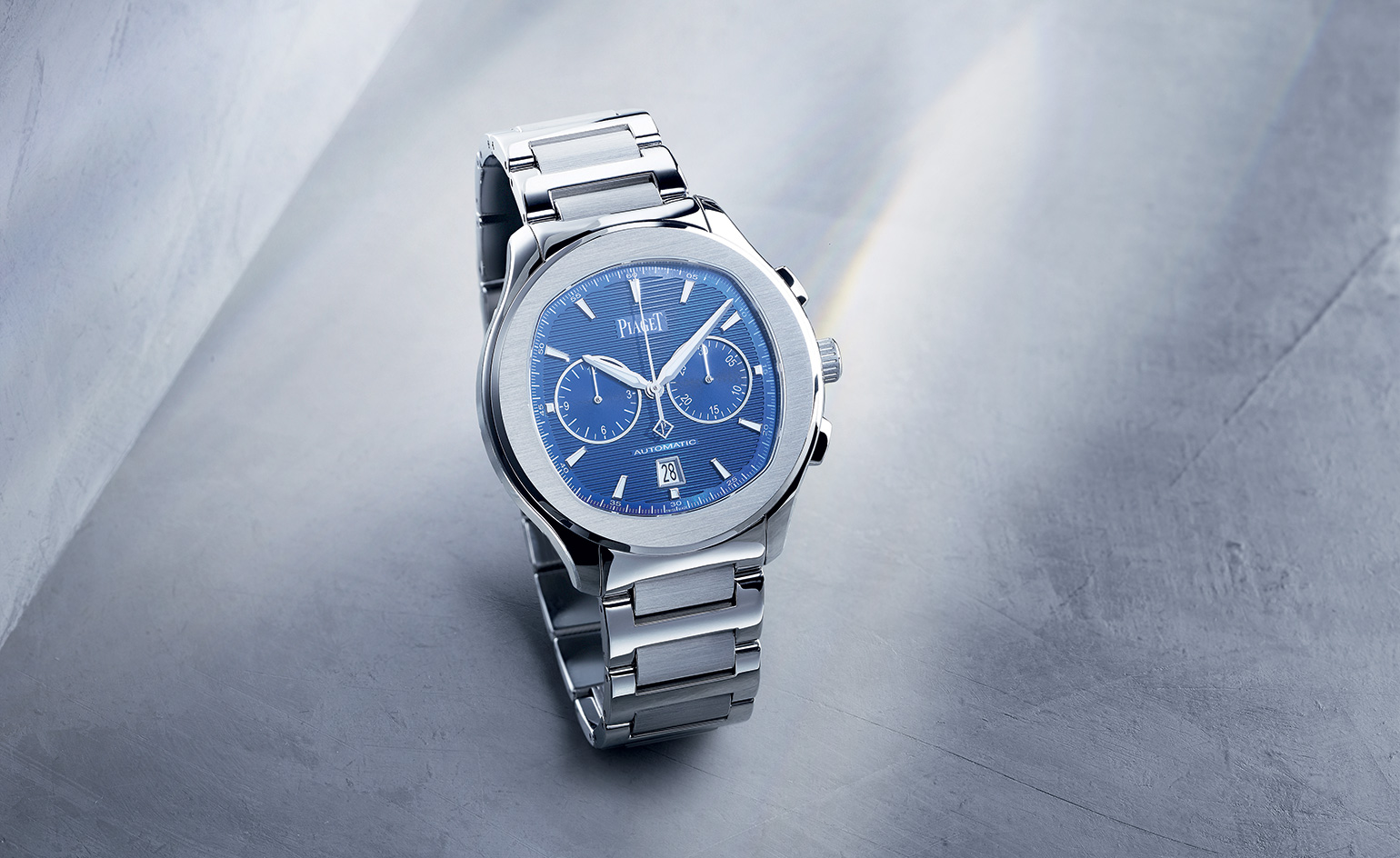
There are blue or white dial variants, although the anthracite-grey is the pick, while the chronograph version is only available in white or blue
The watch world has excellent form when it comes to creating fine timepieces in steel rather than more expected precious metals, such as gold. Audemars Piguet broke the mold when it launched the Royal Oak to a bemused Baselworld audience in 1972. Designed by the late, great Gérald Genta, careful finishing was key to giving the humble material a luxurious, precious touch. Patek Philippe’s benchmark steel model, the Nautilus, also designed by Genta, followed in 1976. While this year, Vacheron Constantin launched its handsome Overseas model in steel.
So, how does Piaget’s new Polo S fit into the story? Aesthetically, it is convincing, albeit bearing little resemblance to the original Polo. The stepped look has been reduced to a much finer horizontal graining on the dial, and the bracelet is no longer seamlessly integrated into the case. There are blue or white dial variants, although the anthracite-grey is the pick, while oddly, the chronograph version (£11,500) is only available in white or blue. Both the time-only and chronograph models are powered by in-house Piaget movements.
Will it be enough to convince the next generation of watch buyers? In design terms, the 1970s echo is still audible, thanks to the way its case slips fluidly into the lugs, while the combination of a round bezel within a ‘TV-screen’ dial gives it current appeal. Depending on your material preference, it’s really just a matter of taste.
INFORMATION
For more information, visit the Piaget Polo website
Wallpaper* Newsletter
Receive our daily digest of inspiration, escapism and design stories from around the world direct to your inbox.
-
 Japan in Milan! See the highlights of Japanese design at Milan Design Week 2025
Japan in Milan! See the highlights of Japanese design at Milan Design Week 2025At Milan Design Week 2025 Japanese craftsmanship was a front runner with an array of projects in the spotlight. Here are some of our highlights
By Danielle Demetriou
-
 Tour the best contemporary tea houses around the world
Tour the best contemporary tea houses around the worldCelebrate the world’s most unique tea houses, from Melbourne to Stockholm, with a new book by Wallpaper’s Léa Teuscher
By Léa Teuscher
-
 ‘Humour is foundational’: artist Ella Kruglyanskaya on painting as a ‘highly questionable’ pursuit
‘Humour is foundational’: artist Ella Kruglyanskaya on painting as a ‘highly questionable’ pursuitElla Kruglyanskaya’s exhibition, ‘Shadows’ at Thomas Dane Gallery, is the first in a series of three this year, with openings in Basel and New York to follow
By Hannah Silver
-
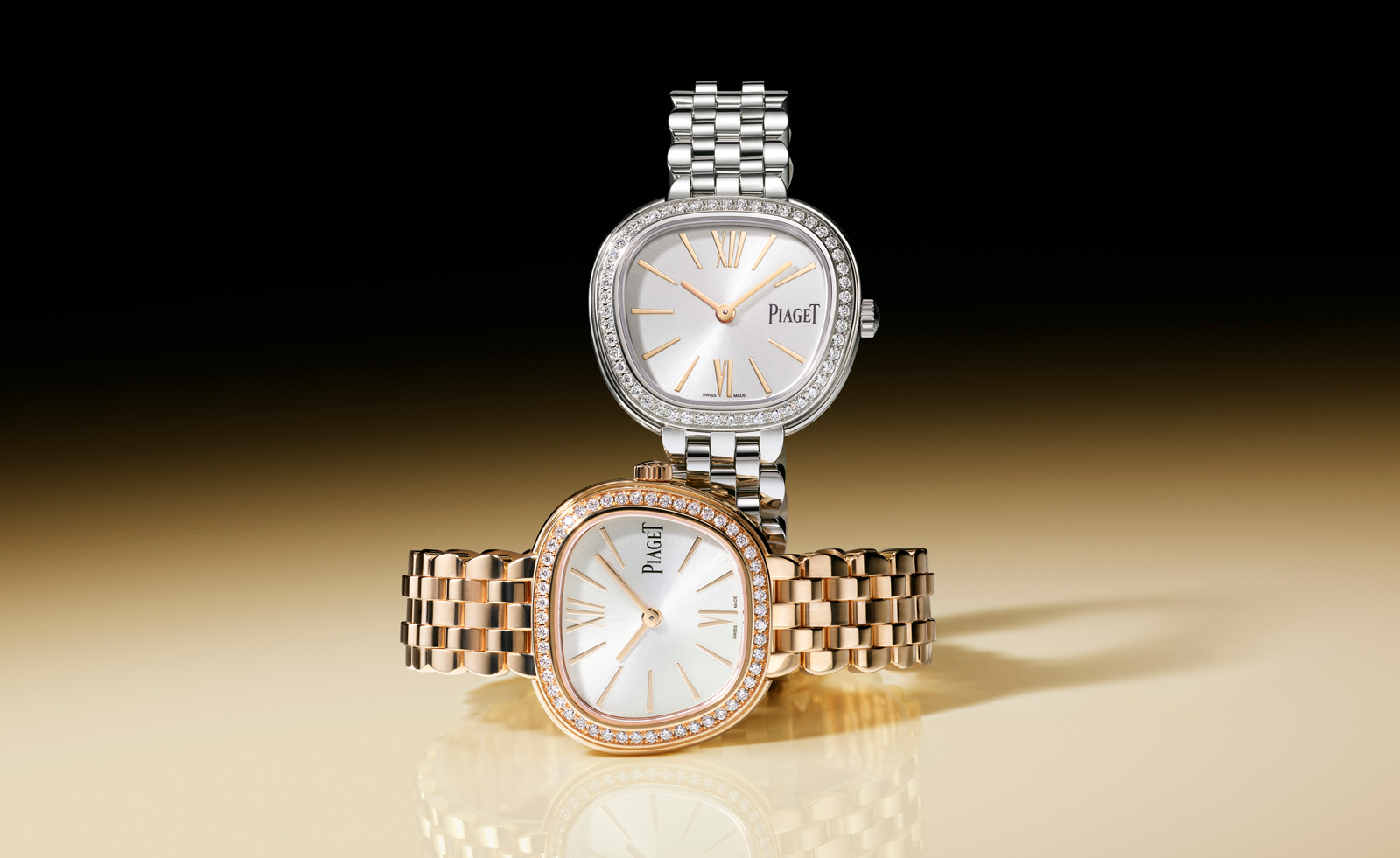 Piaget’s new Sixtie watches recall a glamorous history at Watches and Wonders 2025
Piaget’s new Sixtie watches recall a glamorous history at Watches and Wonders 2025Piaget draws on historical codes with the trapeze-shaped Sixtie watch collection, revealed at Watches and Wonders 2025
By Hannah Silver
-
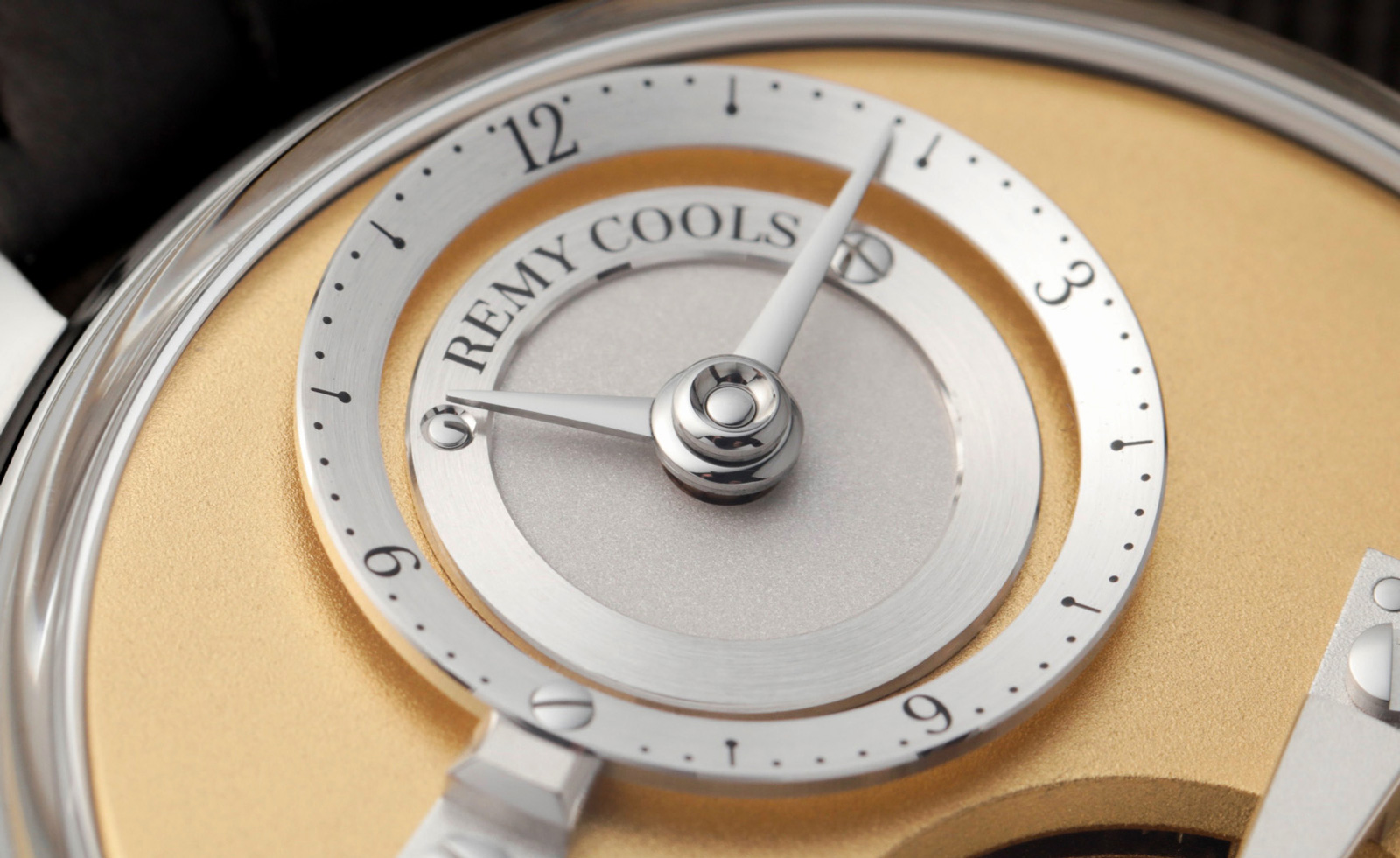 Meet the young watchmakers stirring up the industry
Meet the young watchmakers stirring up the industryLoupes at the ready, these artisans are ones to 'watch'
By Thor Svaboe
-
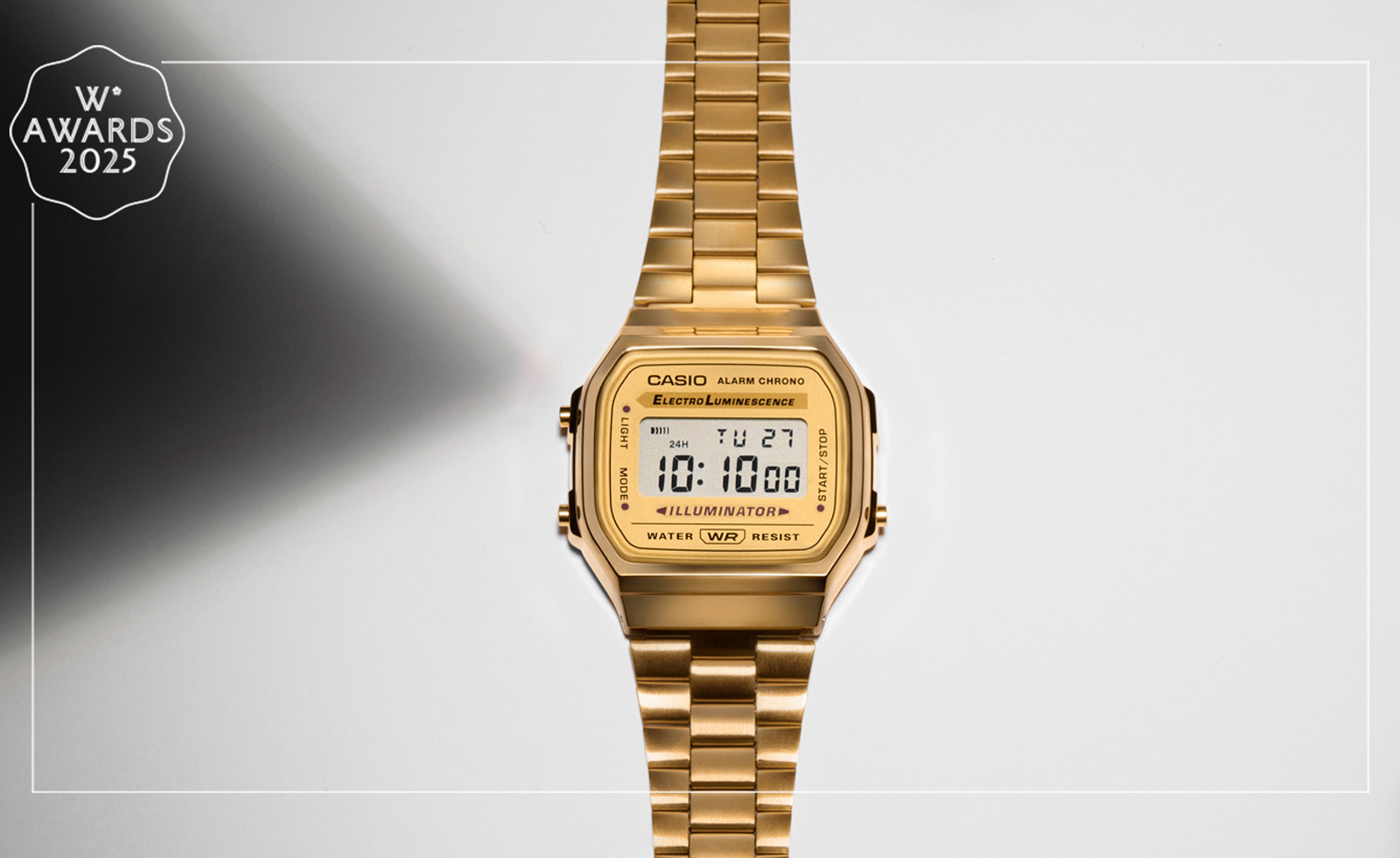 Wallpaper* Design Awards 2025: best watch reinterpretations
Wallpaper* Design Awards 2025: best watch reinterpretationsWatch brands including Casio, G-Shock and Audemars Piguet are going full circle – and we’re here for it
By Hannah Silver
-
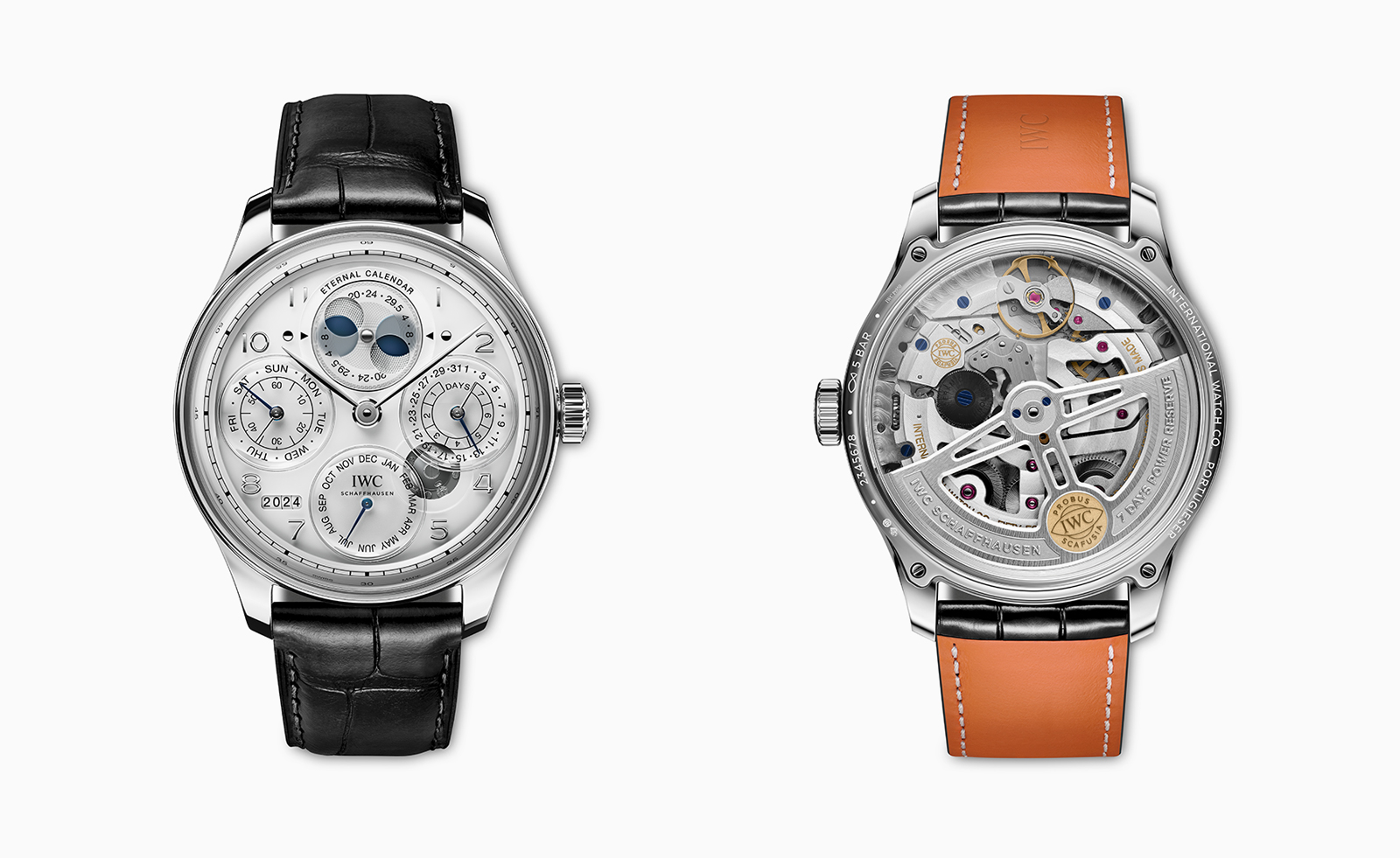 Take a look at the big winners of the watch world Oscars
Take a look at the big winners of the watch world OscarsThe Grand Prix d’Horlogerie de Genève is the Oscars for the watch world – get all the news on the 2024 event here
By Smilian Cibic
-
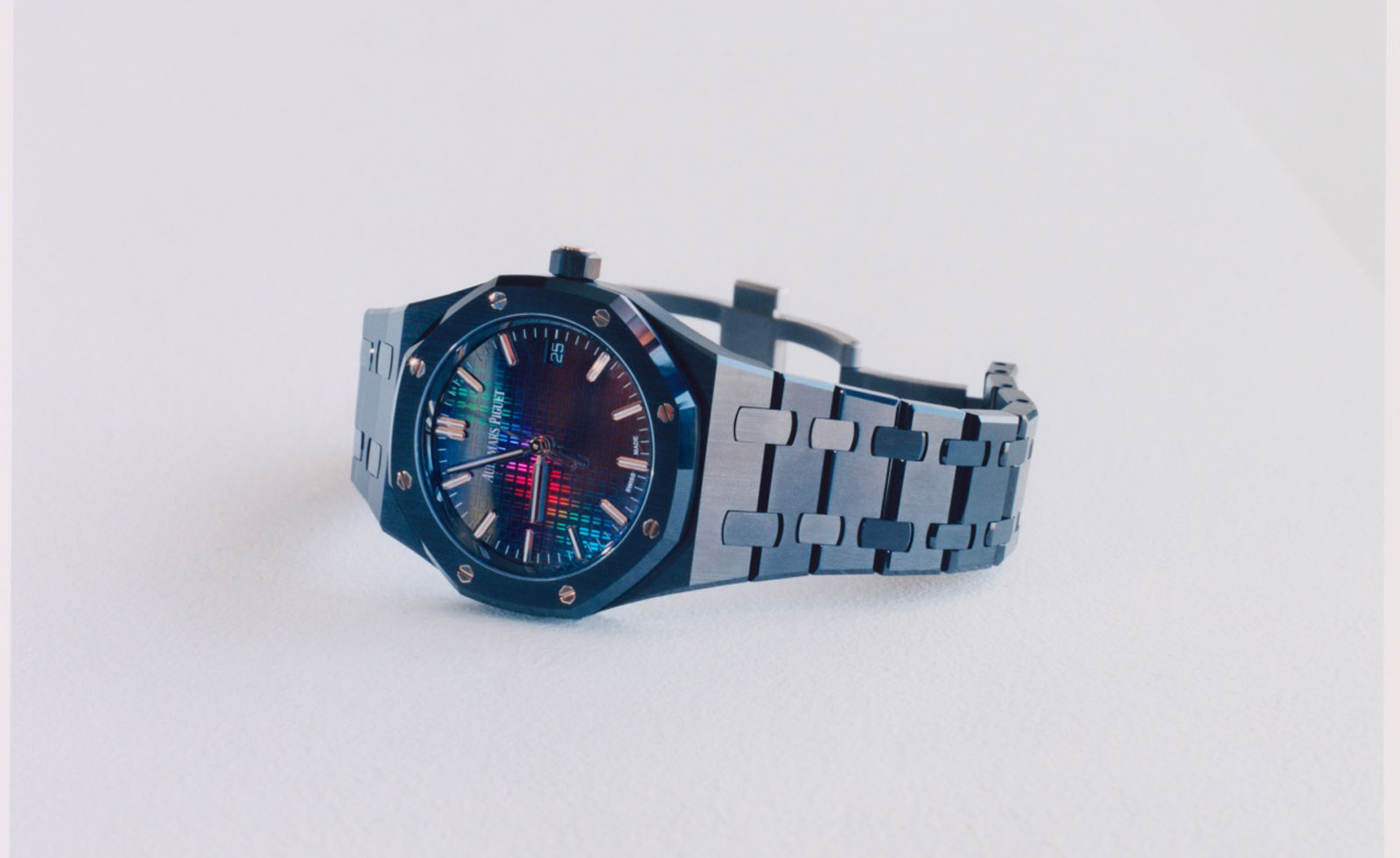 Polo, Reverso, Speedmaster: how a watch gets its name
Polo, Reverso, Speedmaster: how a watch gets its nameWatch names can quickly become iconic. But just where do they come from?
By Josh Sims
-
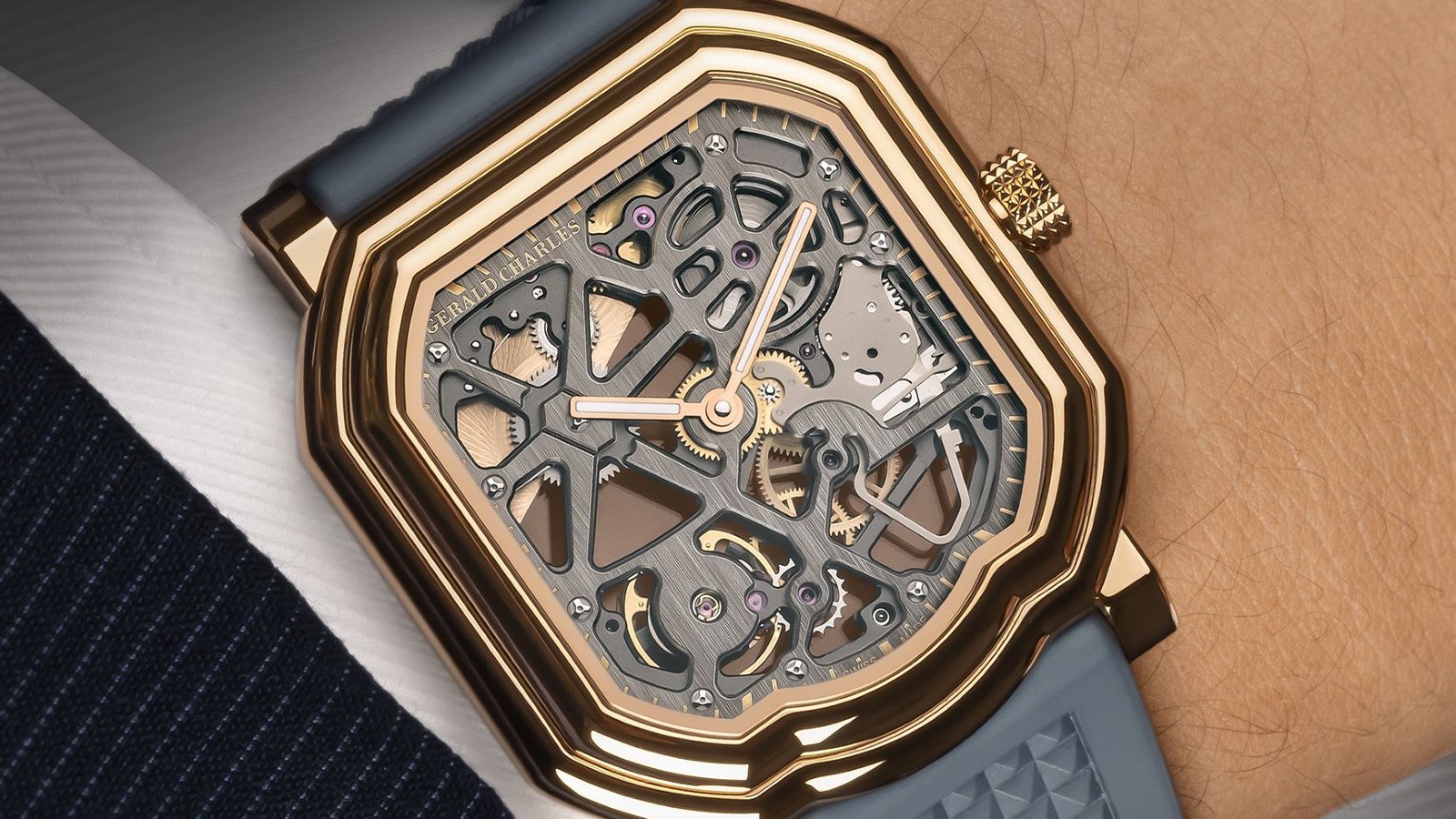 Skeletonised watches are making a dazzling return in 2024
Skeletonised watches are making a dazzling return in 2024Skeletonised watches return, once again opening up their dials, letting us enjoy mechanical watchmaking at its intricate finest
By Thor Svaboe
-
 Why are watch designers so drawn to brutalism?
Why are watch designers so drawn to brutalism?Watch brands looking for ways to break the conservative mould look to brutalist architecture and 1970s design codes
By James Gurney
-
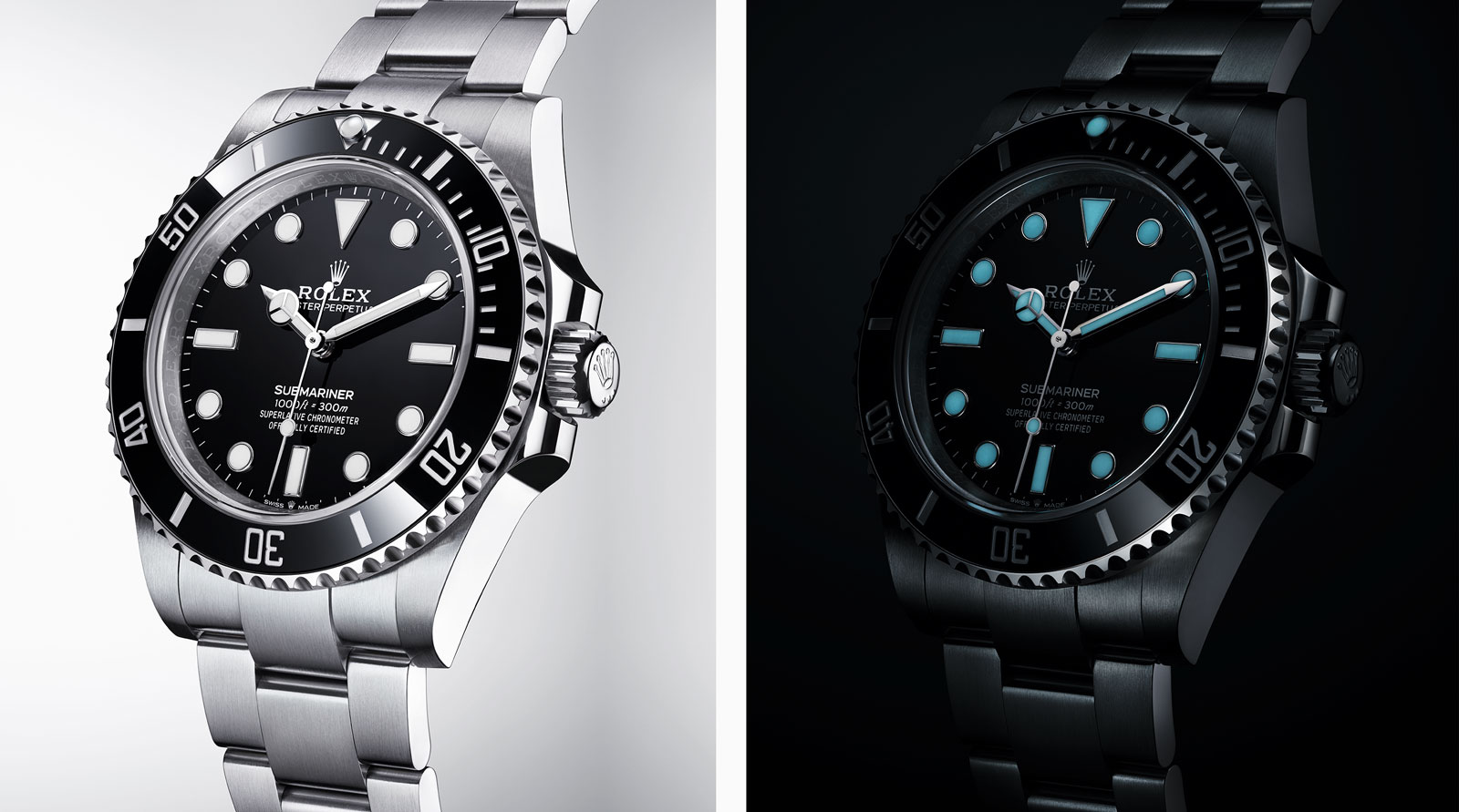 Classic watch designs to last a lifetime
Classic watch designs to last a lifetimeWhen considering which watch design to invest in, disregard trends and consider classic pieces characterised by timeless design
By Hannah Silver